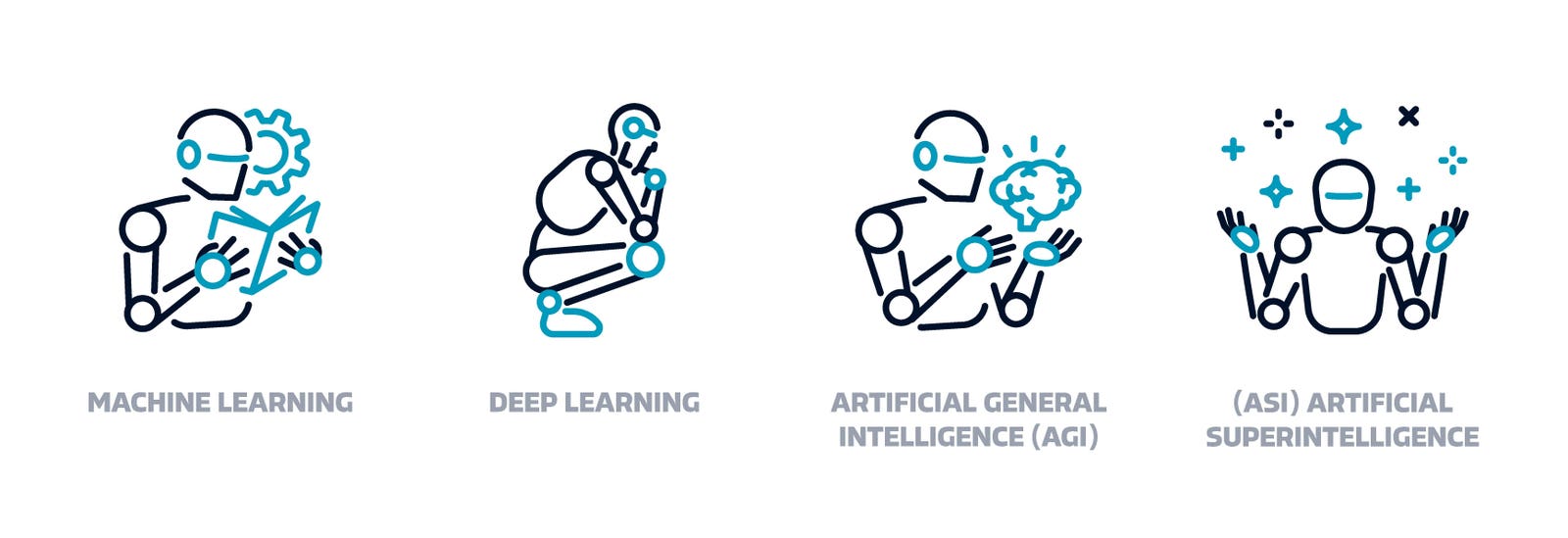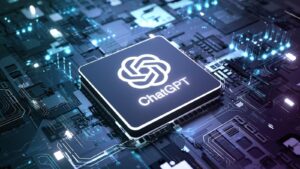Are We Reaching the Height of the AI Bubble and Approaching the ‘AI Moment’?

The Current State of AI Startups: A Perspective on CoreWeave
CoreWeave has made headlines recently as the first AI startup to go public, yet its initial trading performance left many investors disappointed, closing with a market cap of $19 billion. This figure is strikingly similar to its valuation when it was last private in May 2024, which had already reached $19 billion — nearly three times its worth from just five months prior. This scenario raises concerns over a potential bursting of the AI bubble, reminiscent of the dot-com era where inflated valuations saw a reality check. Following this period, the industry is expected to recalibrate, leading to sustainable AI practices and businesses focused on profit rather than hype.
The AI Bubble and Rising Competition
In January, the emergence of a more competitive Chinese AI industry marked what many referred to as the "DeepSeek Moment," pushing the U.S. AI sector toward a critical juncture. With new, low-cost players entering the market, U.S. entrepreneurs hastily projected the arrival of Artificial General Intelligence (AGI) — a form of "superintelligence" predicted to revolutionize industries by automating complex tasks such as coding. Dario Amodei, CEO of Anthropic, suggested that AI could write nearly all code within a year, signaling immense cost savings but also potential job displacement for programmers.
Imagining the Future of AI
As alluring as these predictions are, they often overshadow the complex reality of AI development. Amodei himself emphasized in internal discussions the significance of advancing towards AGI over mere cost-saving measures. He envisioned a future where machines could outperform Nobel laureates, creating breakthroughs in health and longevity. This ambition parallels cultural imaginations where technology solves societal challenges, creating utopian visions for the future.
The Evolution of Computing Technology
The concept of "artificial intelligence" has evolved significantly since its inception. Once relegated to imaginative marketing campaigns from the mid-20th century, AI’s narrative has transitioned alongside technology, shaping how it is perceived and utilized. In their work, Thomas Haigh and Paul E. Ceruzzi document the transformation of computational technology over the decades, noting how we have shifted from scientific calculators to modern AI systems.
Key Historical Moments in AI and Computing
The IT Moment (1958)
Harold Leavitt and Thomas Whisler introduced the term "Information Technology," highlighting how fast computers could process data, predicting significant changes in business processes.Moore’s Law (1965)
Gordon Moore predicted that computer chip components would double each year, establishing a principle that has driven technological advancement but is often misinterpreted as a natural law rather than a marketing strategy.Metcalfe’s Law
Bob Metcalfe illustrated that the value of a network grows exponentially as more users connect, a principle designed to attract early adopters to Ethernet technology.- Networking and the Rise of Big Data
The importance of connection in computing became pivotal as technologies like the internet and mobile devices emerged, influencing how companies utilize data and AI.
Current Trends and Organizational Changes
Emerging research, such as a randomized trial from Procter and Gamble, points to the organizational impacts of AI. This study revealed that AI can mimic the collaborative benefits of human teams, suggesting that the integration of AI may change not only efficiency but how work is envisioned in the workplace. Ethan Mollick, from the Wharton Business School, speaks about AI’s potential to reframe traditional teamwork and management structures rather than merely automate tasks.
The Future of AI in Business
The continuous evolution of AI suggests we are at the brink of a new milestone — what some may call the "AI moment." As companies begin exploring more effective ways of incorporating AI into their operational frameworks, evidence-based insights may drive changes in job roles and productivity standards. On the other hand, the ambitious marketing surrounding superintelligence will likely persist, influencing both public perception and investment in this dynamic field.
The narrative of AI continues to be intertwined with creative marketing strategies and innovative engineering, marking a unique intersection that defines its trajectory in the tech landscape.






